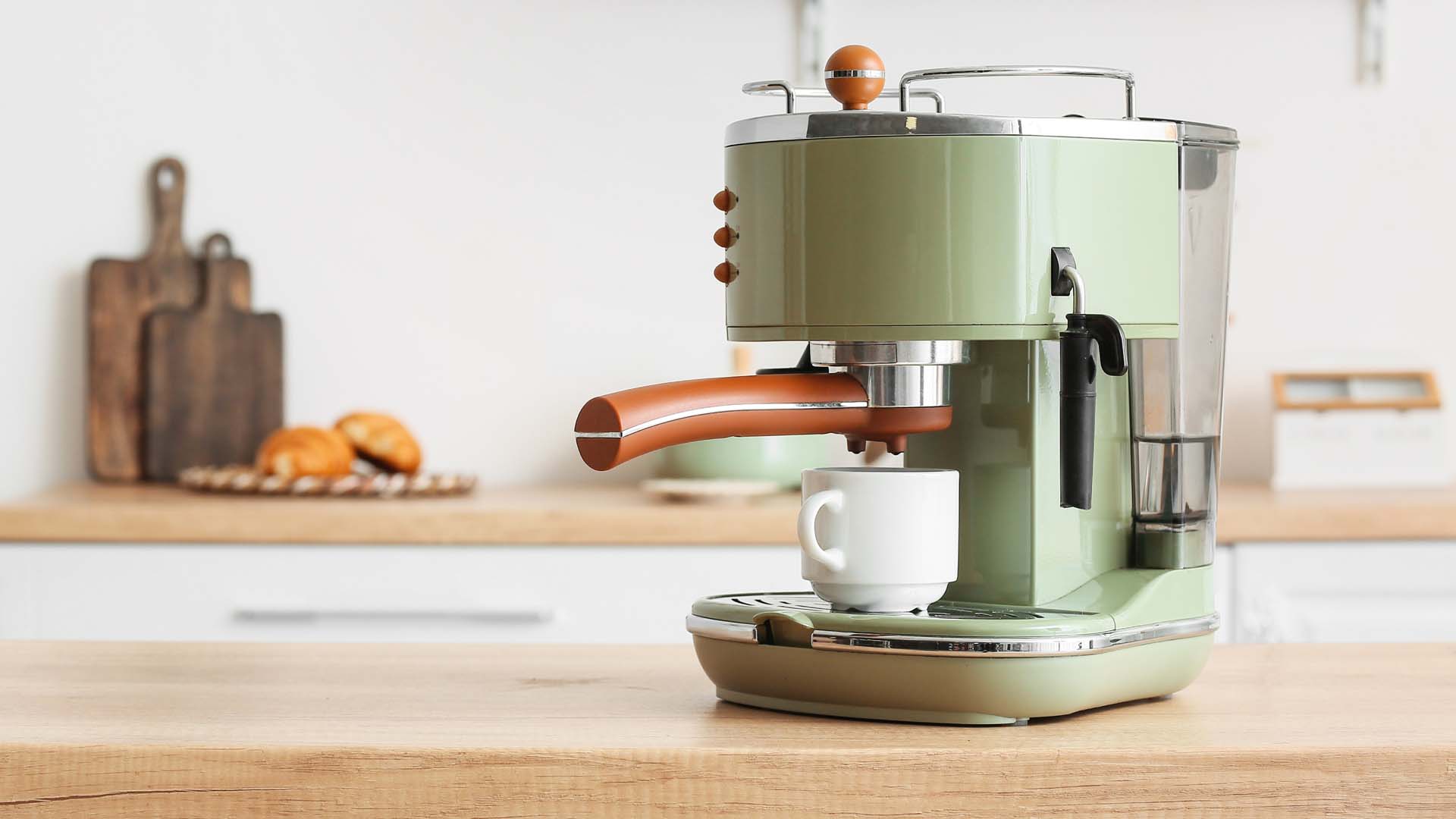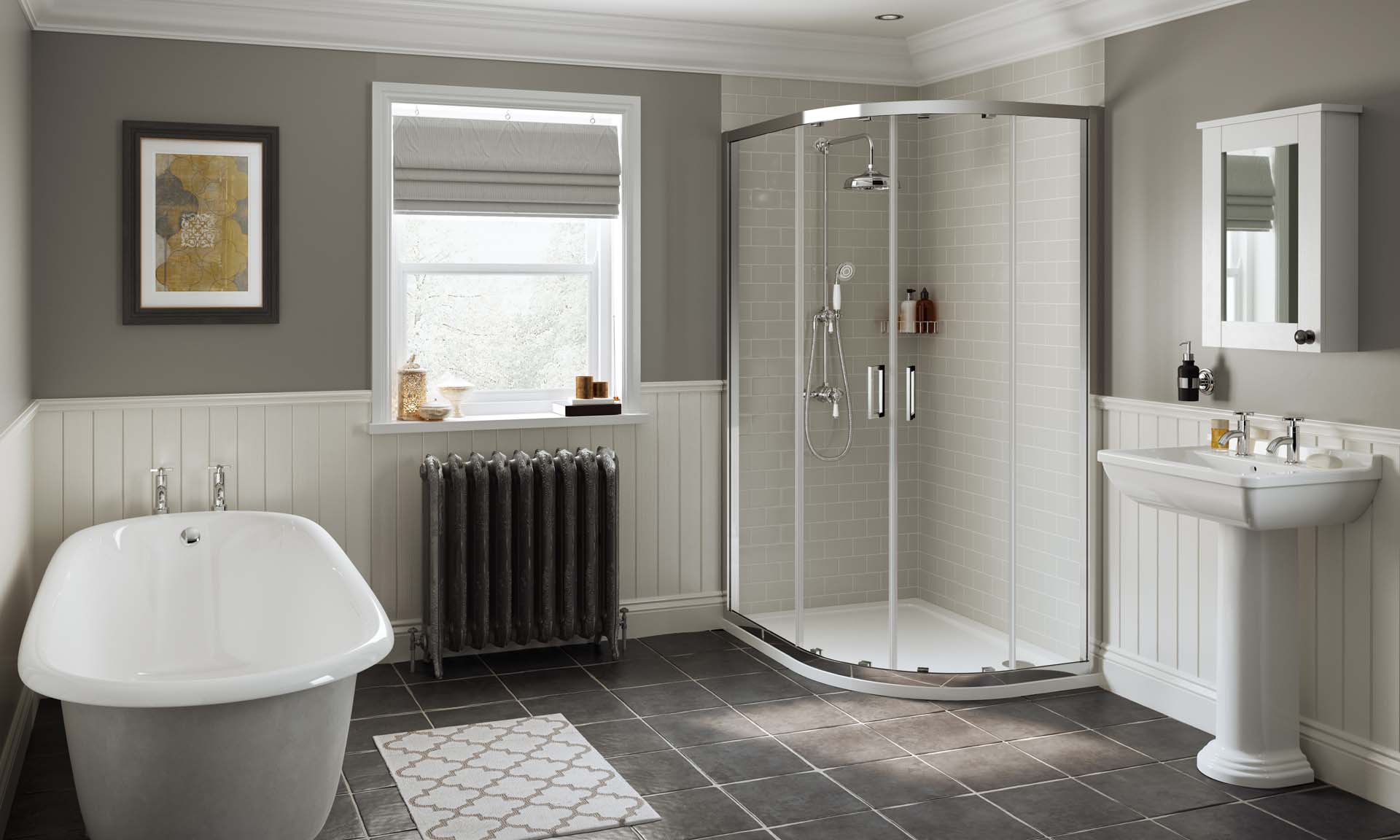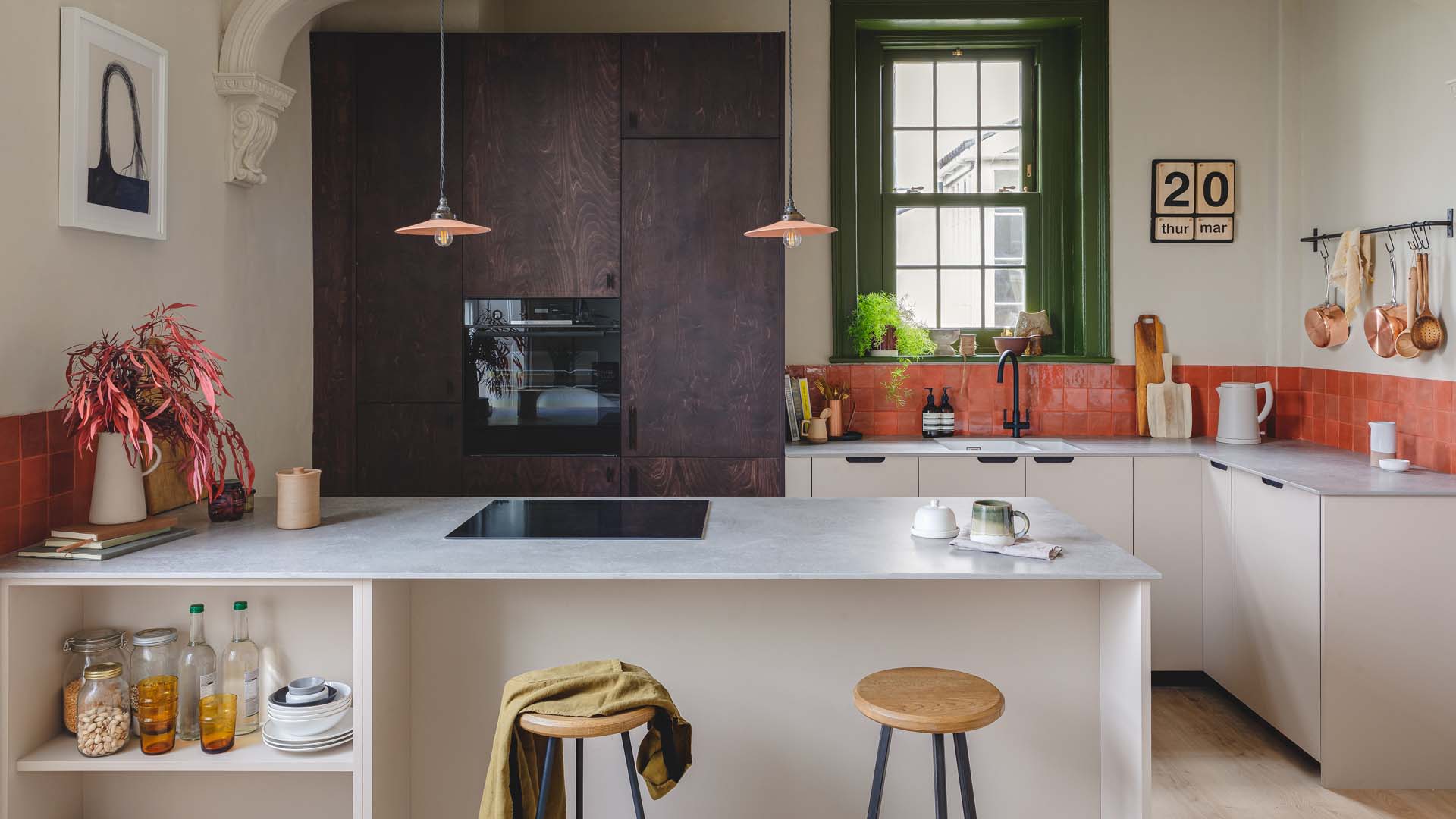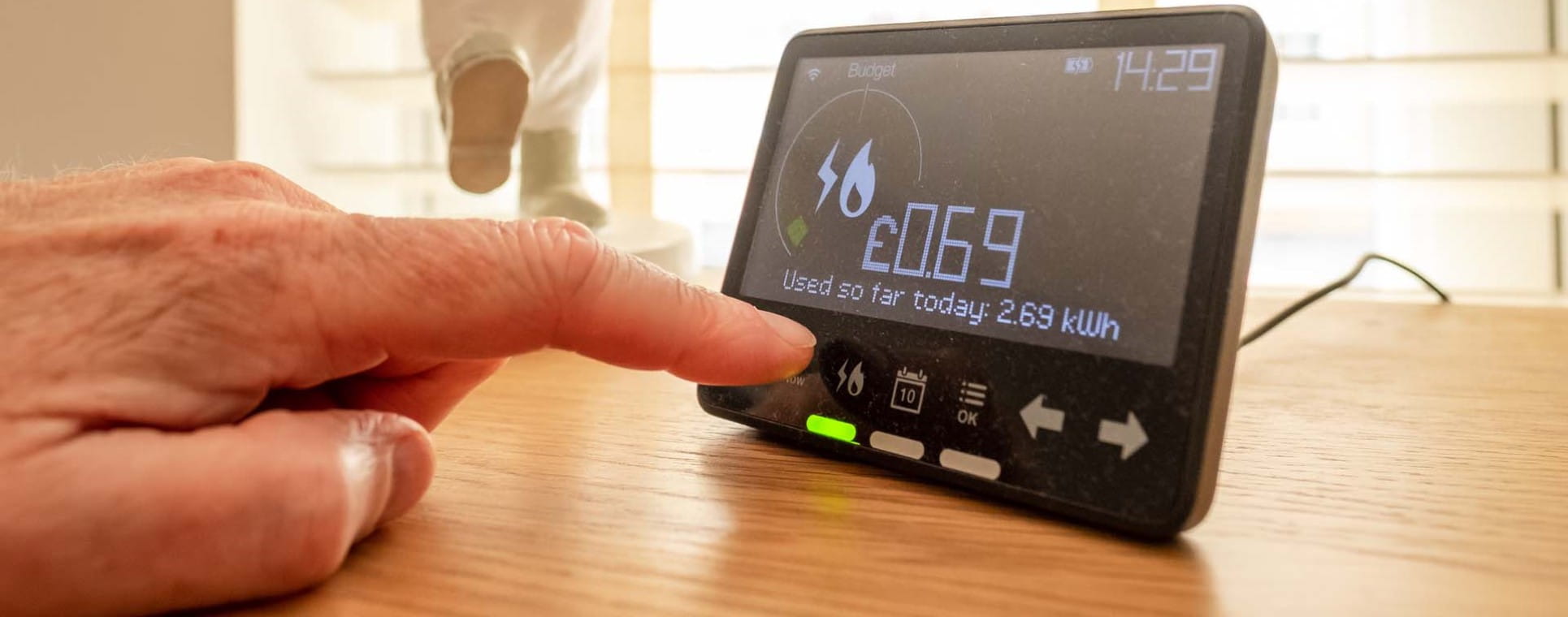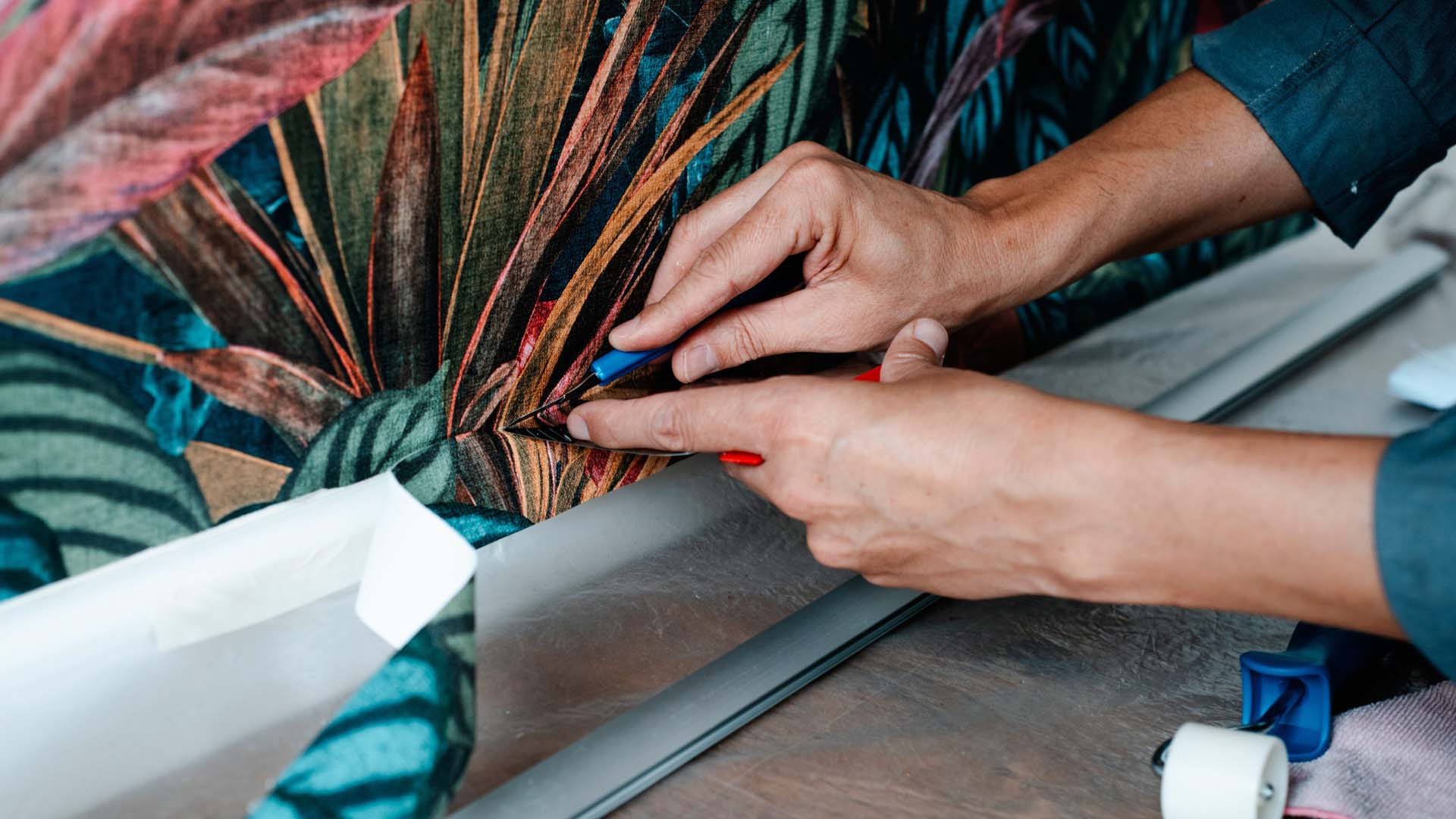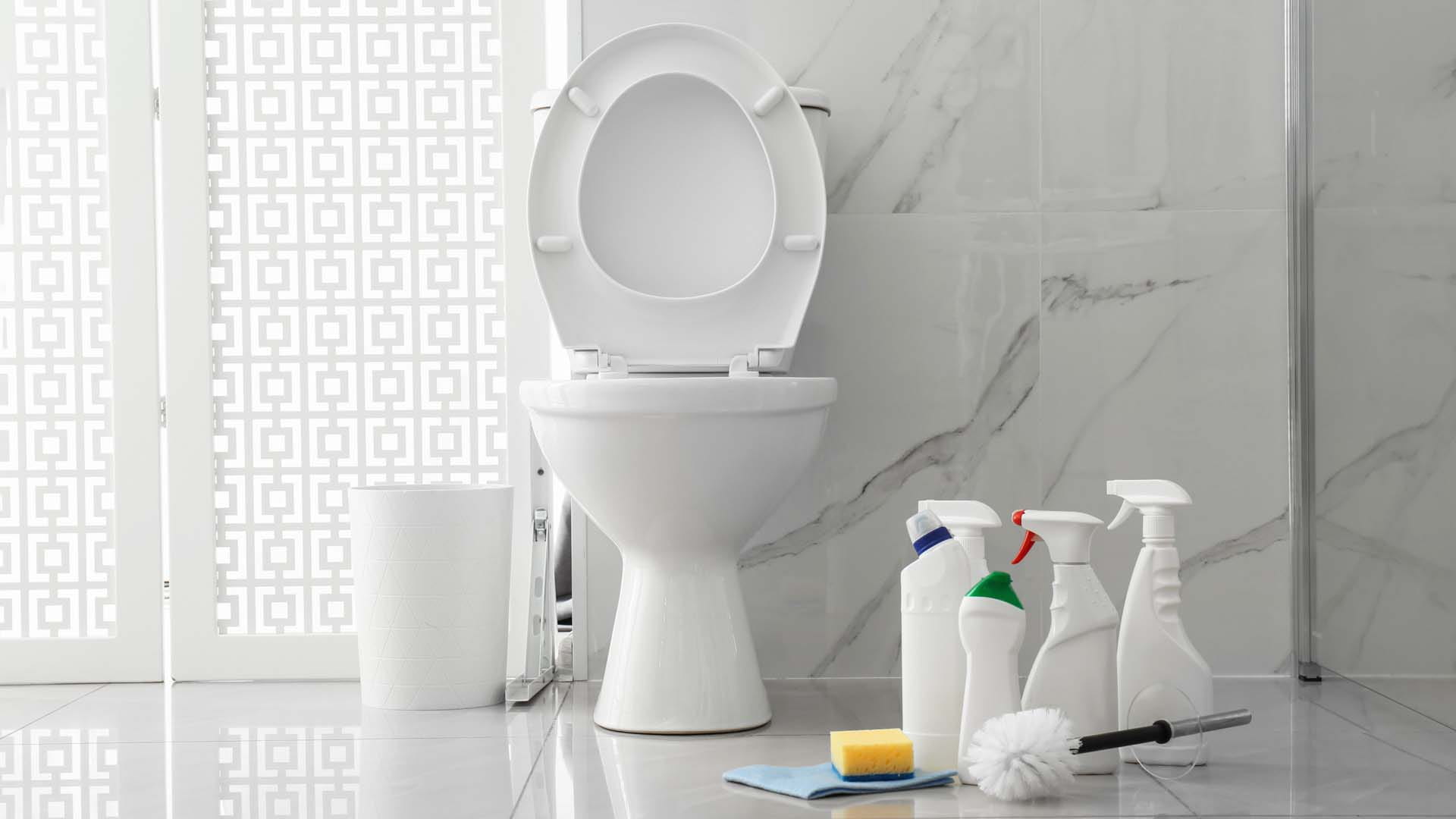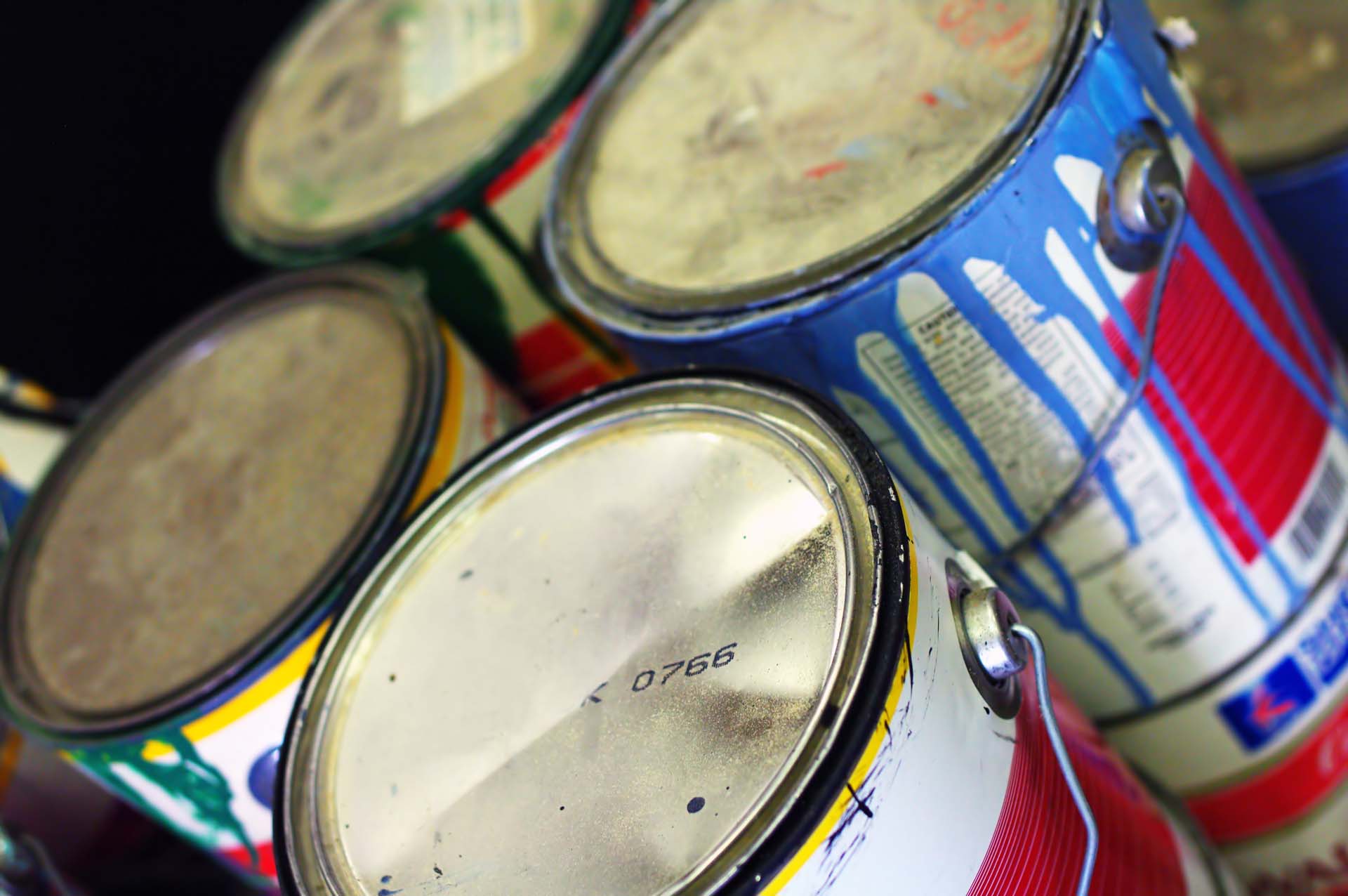
What happens if your coffee pod machine breaks and you’re left gasping for a coffee? With these machines now owned by nearly a third of UK households, this is becoming a problem that more and more of us are encountering.
The good news is that you can use a coffee pod without a machine – it just needs a bit of creativity and effort.
To save you that, we put five different brewing methods through their paces to see if you really do need a machine to make a cup of coffee with a pod.
The results were mixed, but some definitely tasted better than others. Keep in mind that you won’t get the same results as you would if you use a coffee pod machine, but, if you’re in a pinch, brewing coffee from a pod can still be a great way to get a caffeine fix.
Coffee pods are typically made from plastic or aluminium and are airtight to preserve the freshness of the coffee grounds inside.
Due to the environmental concerns around coffee pods, some companies now provide pods that are recyclable, compostable or refillable to help reduce waste. They contain a predetermined amount of coffee, which is usually measured to provide the optimal strength and flavour for a single cup of coffee.
They’re designed to be used with specific coffee pod machines that, once inserted, puncture the pod. This allows hot water to flow into the pod and interact with the coffee grounds, and it also pierces an exit point for the brewed coffee to flow out.
After the brewing process is complete, the pressure created by the machine's mechanism forces the brewed coffee to flow out through the exit point and into your cup.
We used a sharp corn-on-the-cob stick, but small scissors or the point of a knife will also work. Just be careful when piercing it, as the coffee is packed tight into the little pod and you risk losing some if you’re too rough when opening it. Once, you’ve opened the pod, you’ll then need to pour the coffee out of the pod for each of the following methods.
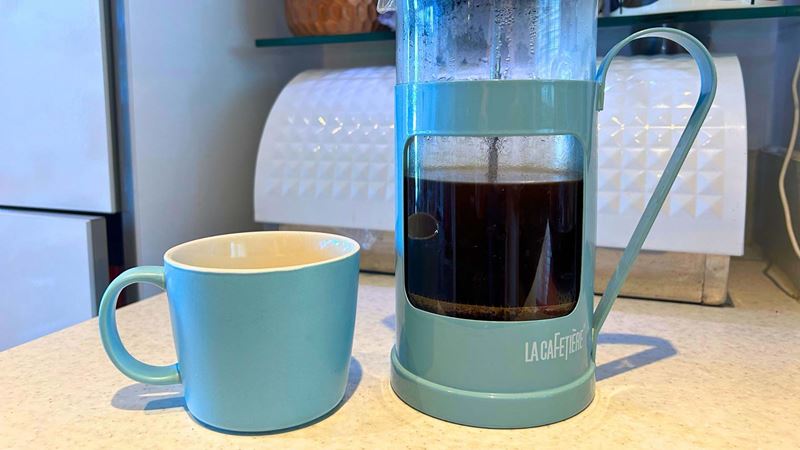
This was by far our favourite way to brew coffee pods without a machine. It made a smooth-tasting cup of coffee. Normally, you’d use a much coarser ground coffee for this type of coffee maker, but the finer grind didn’t affect the flavour too much.
We did have to experiment with the right ratio but found three pods in our 500ml (about three-quarters of a pint) cafetière did the trick. It also made around three mugs of coffee, so worked out to be the most cost-effective as well.
Filter coffee is super-easy to make, but how does it fare with the contents of a coffee pod? It is brewed using gravity, unlike coffee pod machines, which use pressure.
A good ratio for filter coffee is 1:16, meaning that you should use 16ml water for every gram of coffee. The average amount of coffee needed for filter coffee is 20g (just under an ounce), so you will need 320ml water (roughly half a pint). This will then make several cups of coffee.
Nespresso pods have about 5g coffee in each one, so four pods will make the perfect filter coffee brew. We used an electric filter coffee maker, but the principle is the same whether you use this or a manual one.
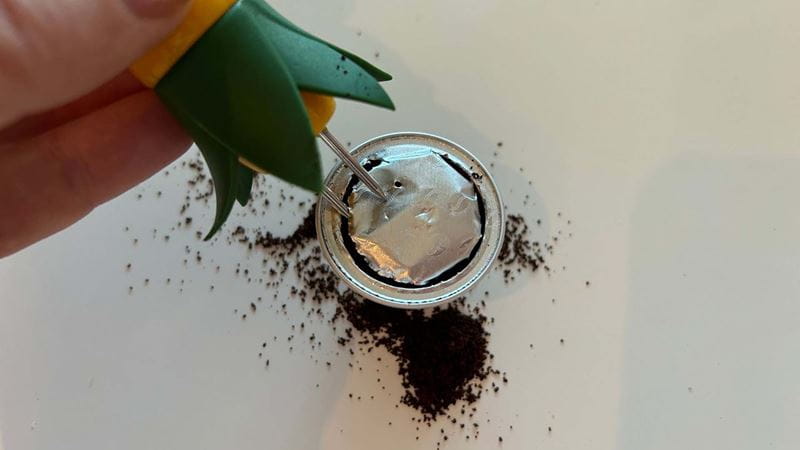
Grind is critical when it comes to filter coffee, with a medium grind being optimal. Too coarse and it will taste weak. Too fine and it’s bitter – and that was our experience. The coffee in pods is finely ground and this method resulted in a not-very-nice cup of coffee. It was a watery, bitter and just not very pleasant at all.
For this brewing experiment, we used a teapot with an integrated infuser in it.
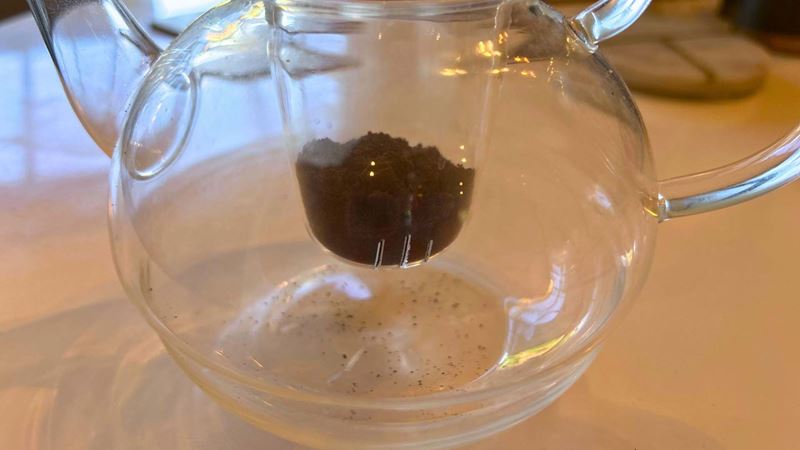
With this method, you need to be careful when putting the grounds into the infuser. It’s made for tea leaves, which are obviously larger than finely ground coffee, so we did find that some grinds went straight through into the pot. Some also escaped when the water was poured on them.
However, the resulting cup of coffee was surprisingly pleasant and almost on a par with the cafetière.
Way back in the Wild West, cowboys would brew their coffee in a pot over the fire. While not the most popular brewing method these days, we thought we’d give it a go to see how it fared with the coffee from pods.

Unfortunately, quite a lot of the coffee grounds went into the mug along with the coffee. A strainer would sort that out, though.
Cowboys out in the wild used their socks for this purpose, but whether you want to ruin a sock for this is debatable. Also, we’re not sure how it would affect the flavour, especially if the sock has been recently worn.
The resulting cup of coffee was not nice. It was gritty, thanks to the added texture of the grounds, bitter and totally underwhelming. Definitely not worth wasting a pod on.
Coffee bags are having a moment, allowing you to create a cup of coffee as you would a cup of tea. This time, we went all Blue Peter, creating our own coffee bag with the coffee grounds from the pod. We used special mesh tea bags, however, you could try using a scrap of fabric or even some coffee filter paper.
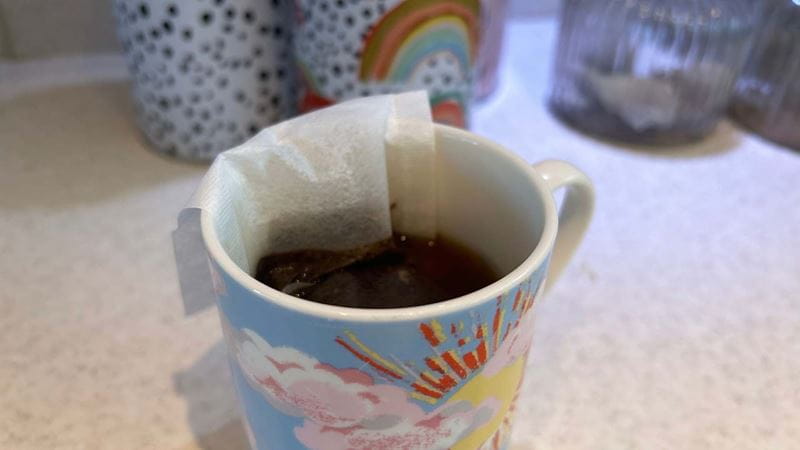
After the disappointment of the cowboy coffee, this cup of coffee was delicious, a definite second to the cafetière coffee. It didn’t taste quite as strong or flavoursome as when made using the pod machine, but it was still extremely drinkable.
While you won’t be making barista coffee at home using this method, it definitely is an improvement on instant coffee.
The only downside? You need tea filter bags or the desire to craft a pouch to make your coffee.
Jayne cut her online journalism teeth 24 years ago in an era when a dialling tone and slow page load were standard. During this time, she’s written about a variety of subjects and is just at home road-testing TVs as she is interviewing TV stars.
A diverse career has seen Jayne launch websites for popular magazines, collaborate with top brands, write regularly for major publications including Woman&Home, Yahoo! and The Daily Telegraph, create a podcast, and also write a tech column for Women’s Own.
